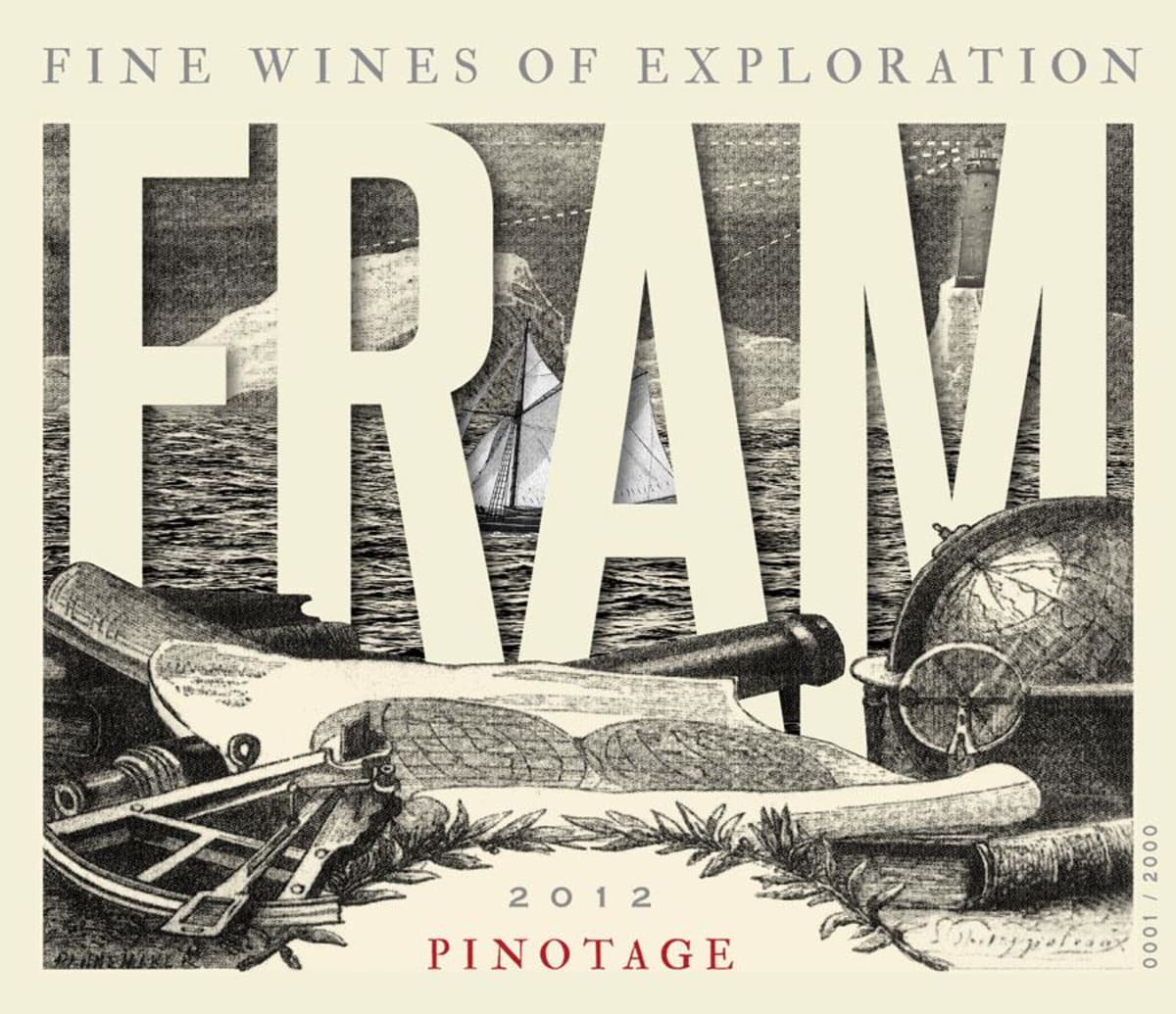Fram Wines Pinotage 2012


Product Details
Your Rating
Somm Note
Winemaker Notes
Other Vintages
2017-
Wilfred
Wong
-
Wilfred
Wong -
Wine
Enthusiast

Fram is the personal passion project of Thinus Krüger, founded with the promise to “always sail into unchartered waters, to boldly search for whatever grapes lie behind the next hill, over the next horizon.” After over a decade making wine for other people, Thinus took his extensive experience to explore the outer reaches of the Cape wine lands, the here be dragons area of the wine map. In the spirit of exploration and discovery, Thinus works closely with farmers in the remote region of Clanwilliam, an area where the heat is fierce, yields are low, but quality is pristine for those who know how to manage the elements. In search of other special corners across the Western Cape, the regions of Robertson and the Swartland are also represented in the Fram range. Thinus asserts a quiet confidence - he knows grapes, and he knows how to let them shine. Vintage after vintage, Thinus never fails to impress in the quality and balance of his wines.

South Africa’s signature grape, Pinotage is a distinctively earthy and rustic variety. In 1924 viticulturists crossed finicky Pinot Noir and productive, heat-tolerant Cinsault, and created a variety both darker and bolder than either of its parents! Today it is popular in South Africa both as a single varietal wine and in Cape blends. Somm Secret—The name “Pinotage” is a subtle portmanteau. The Pinot part is obvious, but the second half is a bit confusing. In the early 1900s, Cinsault was known in South Africa as “Hermitage”—hence Pinotage.

With an important wine renaissance in full swing, impressive red and white bargains abound in South Africa. The country has a particularly long and rich history with winemaking, especially considering its status as part of the “New World.” In the mid-17th century, the lusciously sweet dessert wines of Constantia were highly prized by the European aristocracy. Since then, the South African wine industry has experienced some setbacks due to the phylloxera infestation of the late 1800s and political difficulties throughout the following century.
Today, however, South Africa is increasingly responsible for high-demand, high-quality wines—a blessing to put the country back on the international wine map. Wine production is mainly situated around Cape Town, where the climate is generally warm to hot. But the Benguela Current from Antarctica provides brisk ocean breezes necessary for steady ripening of grapes. Similarly, cooler, high-elevation vineyard sites throughout South Africa offer similar, favorable growing conditions.
South Africa’s wine zones are divided into region, then smaller districts and finally wards, but the country’s wine styles are differentiated more by grape variety than by region. Pinotage, a cross between Pinot Noir and Cinsault, is the country’s “signature” grape, responsible for red-fruit-driven, spicy, earthy reds. When Pinotage is blended with other red varieties, like Cabernet Sauvignon, Merlot, Syrah or Pinot Noir (all commonly vinified alone as well), it is often labeled as a “Cape Blend.” Chenin Blanc (locally known as “Steen”) dominates white wine production, with Chardonnay and Sauvignon Blanc following close behind.